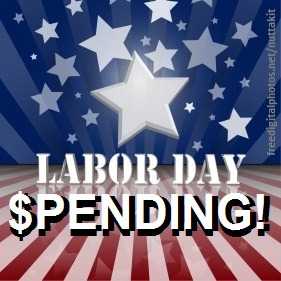
When it comes to November’s best deals, your mind probably heads straight for Black Friday and/or Cyber Monday. Those are both good bets for finding savings on your holiday shopping lists, but they aren’t the whole story.
Consumer/lifestyle sites DealNews.com, Lifehacker.com and Coupons.com all have a stack of the best – and worst buys for your November shopping pleasure. Let’s take a look at some of the highlights.
Go For It!
- Kitchen cookware and gadgets: “The absolute best time to buy.”
- Major appliances: November is your moment!
- New iPad mini 4: Likely released by Black Friday
- Android and Windows Tablets: Crazy low prices
- Apparel: 50 to 80% off
- Game consoles: And look for free games with purchase
- TV’s: The bigger the better
- Laptops: Common doorbuster item on Black Friday
Maybe Wait!
- Roku Box: December is better
- Travel: November OK, December better
There are tons more tips in the following articles, so check ‘em out! How about you? What’s on your shopping list? That item you have been waiting for the perfect moment to buy? Let us know over at the MindField Online Facebook page, and have a great weekend!
Links:
- Coupons.com: The 9 Best Things to Buy in November
- DealNews.com: The Best and Worst Things to Buy in November
- Lifehacker.com: The Best Things to Buy In November








